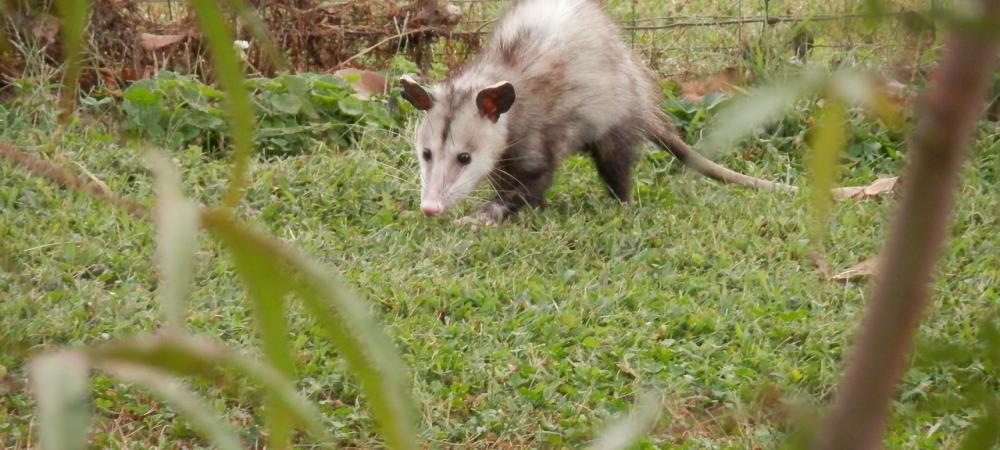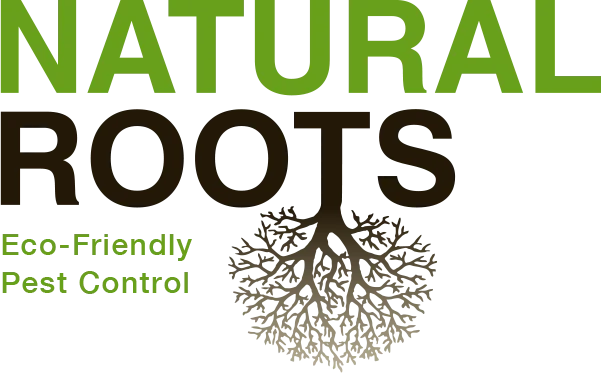The Most Common Wildlife in South Carolina

South Carolina is home to a wide array of wildlife, from the forests of the Piedmont to the marshes along the coast. Whether you're hiking, fishing, gardening, or just enjoying your backyard, chances are you've shared space with some of the Palmetto State’s most common animals.
Understanding the types of wildlife in South Carolina can help residents coexist with nature, avoid unwanted encounters, and protect their property. Here’s a look at the creatures you’re most likely to encounter—and what to do when those encounters get a little too close for comfort.
Why South Carolina Is a Wildlife Hotspot
Thanks to its mild climate, varied geography, and abundant waterways, South Carolina offers ideal habitats for countless species. From the Blue Ridge Mountains to the Atlantic coast, the state supports everything from deer to dolphins.
Its diverse ecosystems—swamps, forests, wetlands, and beaches—make it a year-round haven for wildlife. Add in protected lands like Congaree National Park and Francis Marion National Forest, and it’s easy to see why the state is a magnet for native species.
Most Common Wildlife in South Carolina
While South Carolina boasts hundreds of native species, these are some of the most commonly encountered in neighborhoods, parks, and even backyards.
Mammals
- White-Tailed Deer: Common throughout the state, deer are often seen at dawn or dusk and can be a hazard on roadways.
- Raccoons: These nocturnal scavengers are intelligent and resourceful, often digging through trash or nesting in attics.
- Gray Squirrels: Whether darting through treetops or raiding bird feeders, squirrels are one of the most visible animals in SC.
- Opossums: North America’s only marsupial, opossums are harmless but can be startling when spotted at night.
Reptiles
- Eastern Copperhead: The most common venomous snake in South Carolina. While bites are rarely fatal, they can be dangerous to pets and children.
- Black Rat Snake: Non-venomous and beneficial, these snakes help control rodent populations.
- American Alligator: Found mostly in coastal areas and freshwater wetlands. While usually shy, they can become aggressive if fed or approached.
Birds
- Northern Cardinal: The bright red state bird is a favorite among birdwatchers.
- Carolina Wren: Small, vocal, and often nesting near homes, this bird is a year-round resident.
- Turkey Vultures: These scavengers soar in circles above rural highways and open areas.
Insects & Arachnids
- Fire Ants: Aggressive and painful biters, fire ants are widespread in lawns and parks.
- Mosquitoes: A major nuisance in summer, especially near standing water.
- Black Widow Spiders: Recognized by their red hourglass marking, these spiders are venomous but shy.
Amphibians
- American Bullfrog: Found near ponds and lakes, they’re known for their deep croak and large size.
- Southern Toad: Often seen in gardens or after rain, these harmless amphibians feed on insects.
Aquatic Wildlife
- Striped Bass: A popular freshwater game fish found in lakes and rivers across the state.
- Blue Crabs: Common in the coastal marshes, they’re as iconic to South Carolina cuisine as they are to its estuaries.
Wildlife Conflicts with Humans
As urban areas expand, humans and animals often find themselves sharing the same space. While most animals prefer to keep their distance, others may cause property damage, health risks, or become aggressive when threatened.
Some of the most common conflicts include:
- Raccoons or squirrels nesting in attics
- Snakes hiding in garages or woodpiles
- Deer damaging gardens or landscaping
- Mosquitoes and ants making outdoor spaces uncomfortable
Living Safely Alongside Wildlife
Living safely alongside wildlife begins with proactive prevention. Avoid feeding animals—intentionally or not—by securing trash cans and keeping pet food indoors. Seal any openings around your home’s foundation, attic, or roof to prevent animals from entering. Keeping vegetation trimmed and eliminating standing water can help reduce mosquito populations and discourage pests from nesting near your home. In yards and gardens, fences and repellents can be effective in deterring deer, raccoons, and other curious critters. With the right precautions and a little awareness, most wildlife encounters can be handled safely and humanely.
When to Call a Professional
There are times when DIY prevention isn’t enough. If you notice:
- Unusual animal noises in your attic or walls
- Animal droppings in or around your home
- Persistent insect infestations
- Dangerous animals (like snakes or aggressive raccoons) near children or pets
Professionals can remove the problem safely and humanely and help prevent future issues with exclusion techniques.
Contact Natural Roots Pest Control & Wildlife Removal
South Carolina’s wildlife is diverse, fascinating, and essential to the environment—but when nature gets too close, it’s important to stay informed and take action.
Whether you’re dealing with squirrels in the attic, fire ants in the yard, or just want to better understand the animals that share your space, being aware of the most common wildlife in South Carolina is the first step toward peaceful coexistence.
If you’re facing a persistent wildlife issue, contact Natural Roots Pest Control & Wildlife Removal's wildlife control professionals for safe, effective help.
